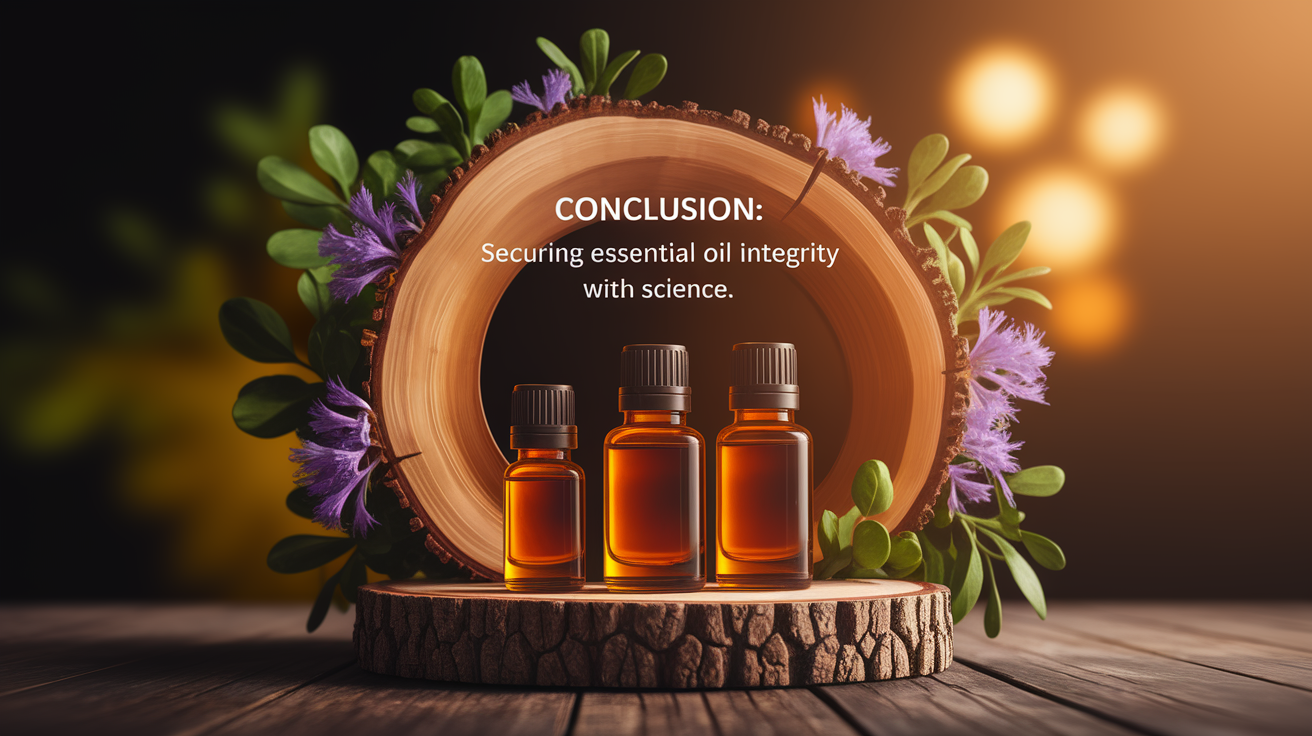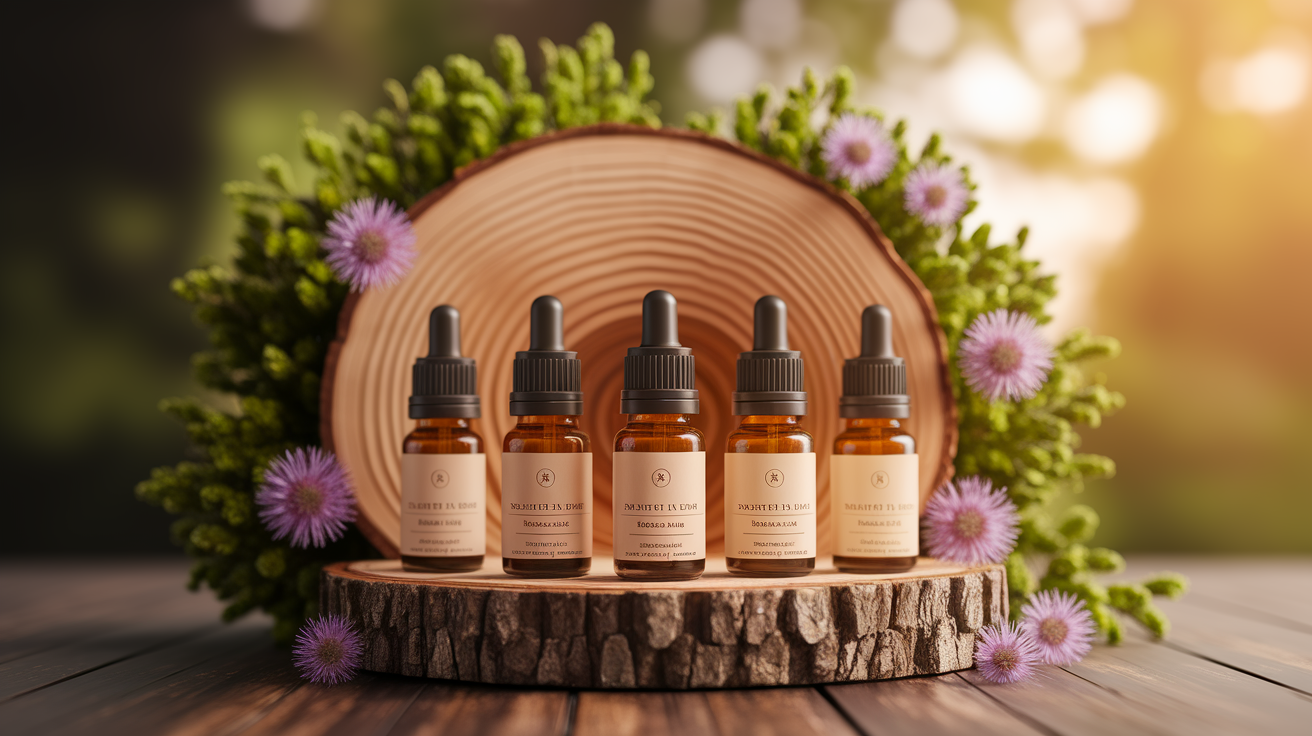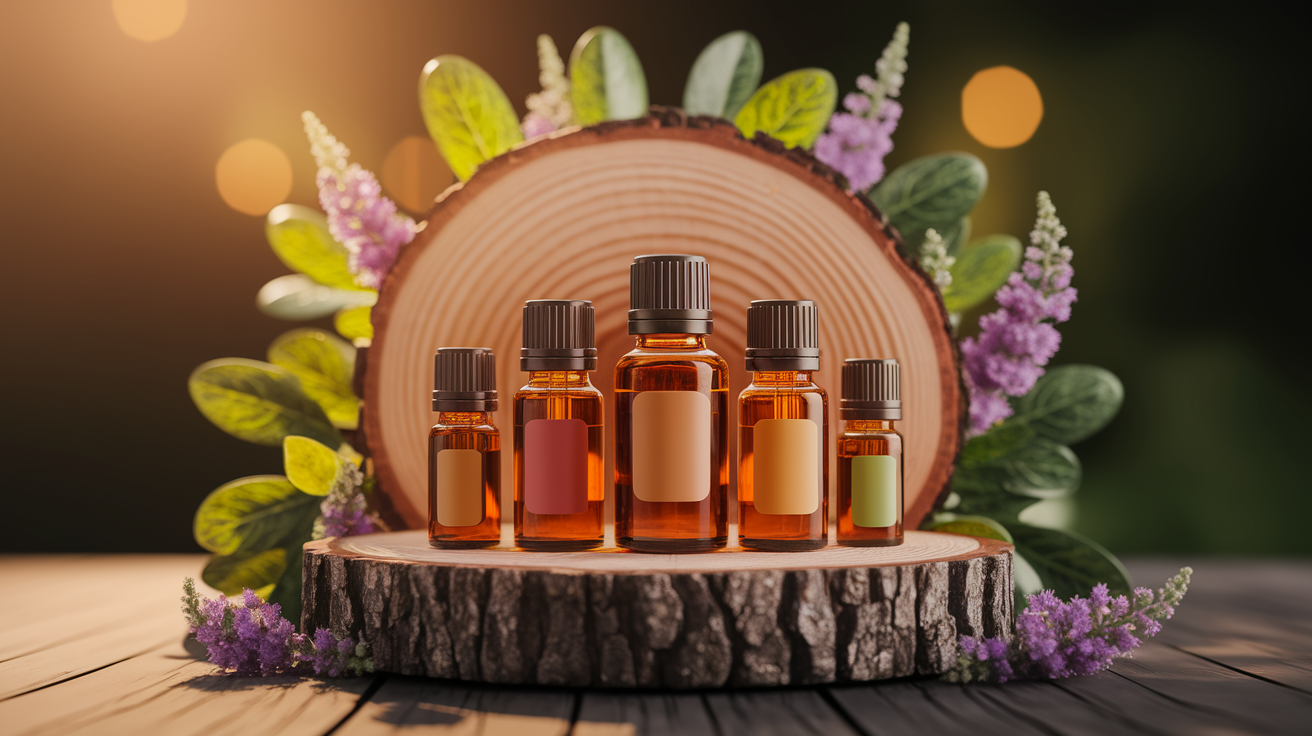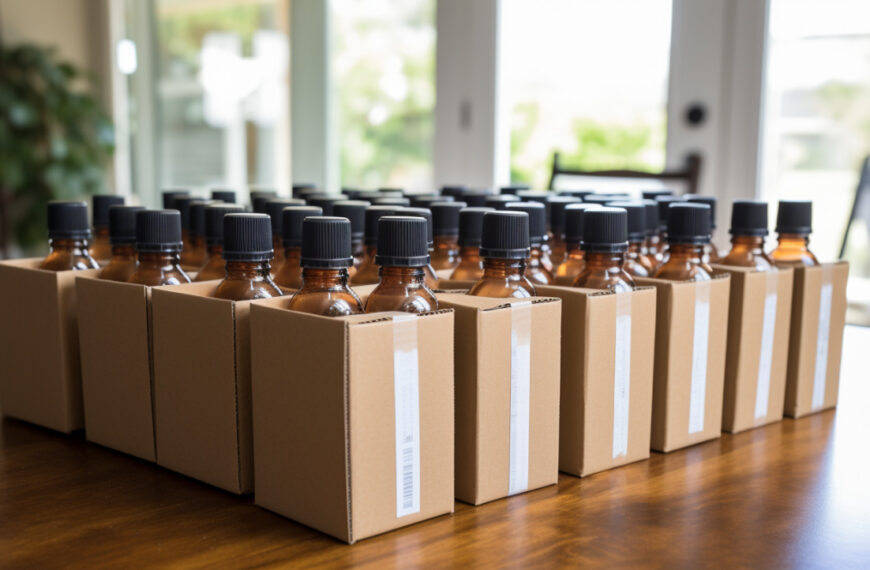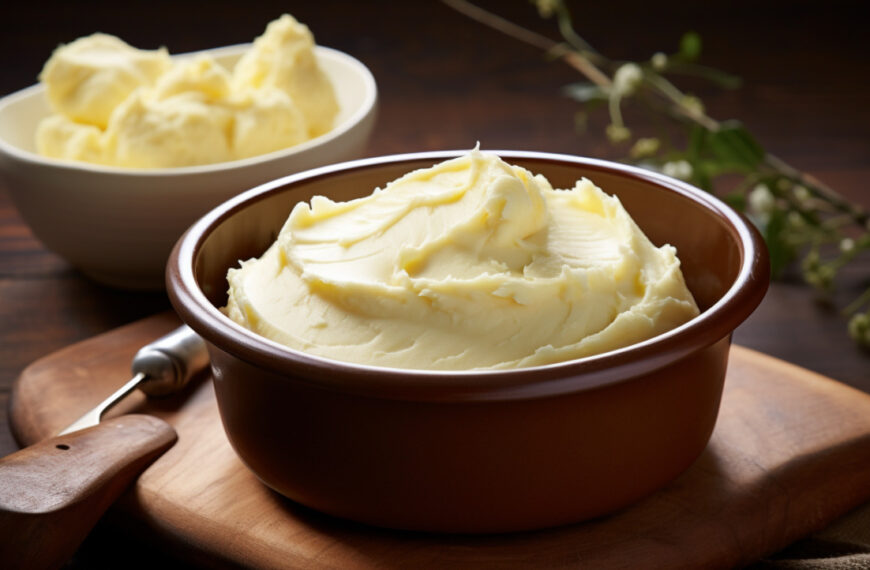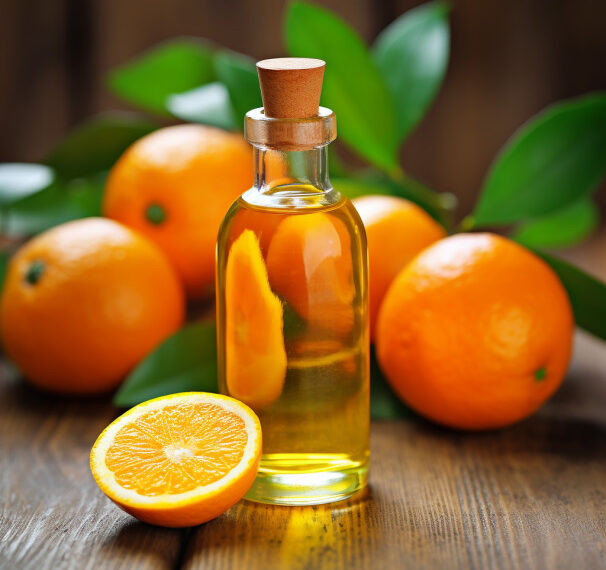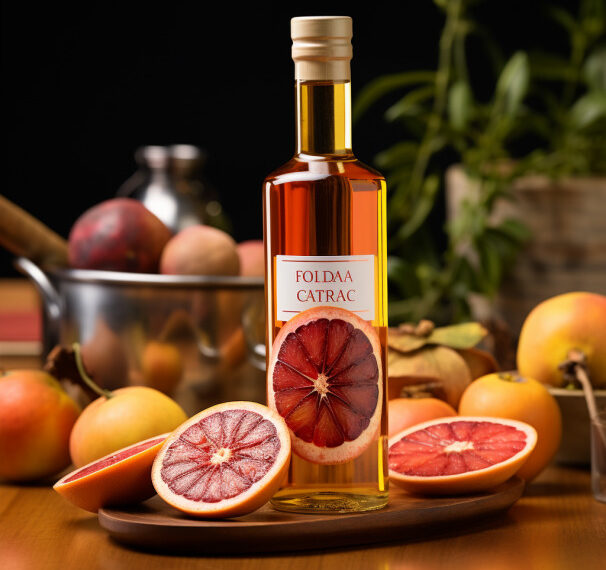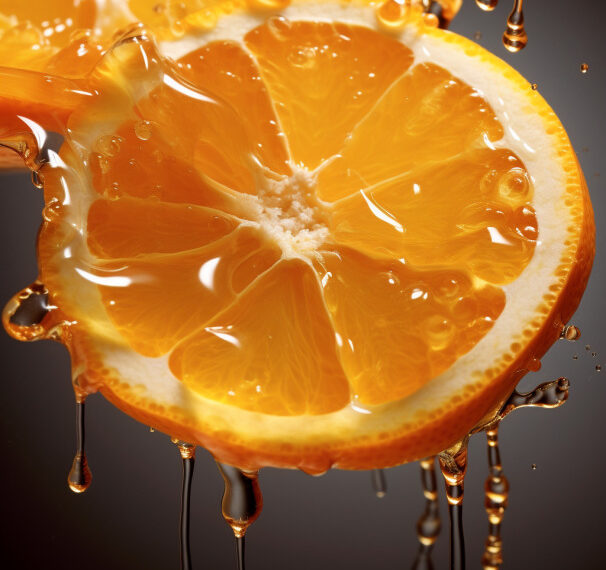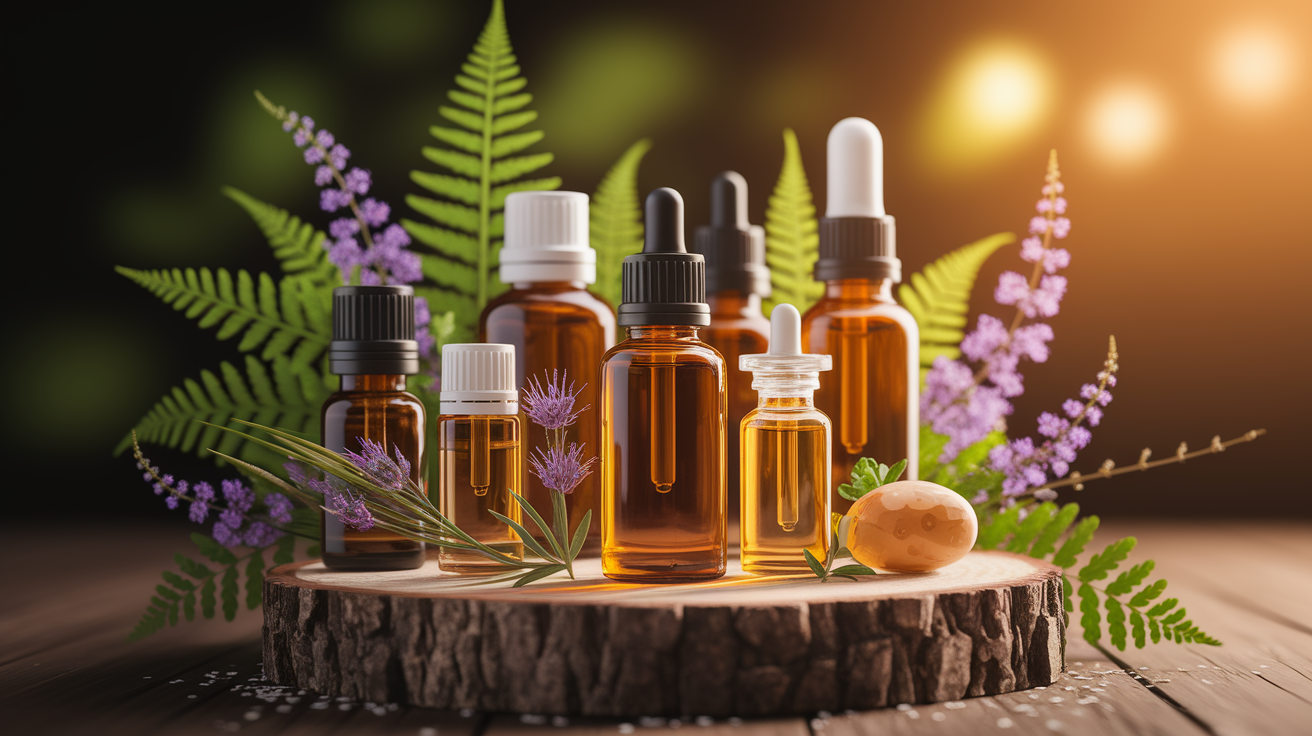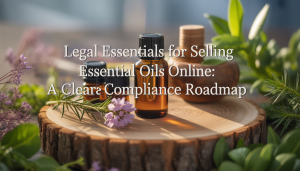Introduction: Purity Unmasked with Isotope and Chiral Authentication
It’s wild how much happens behind the scenes before a bottle of essential oil lands in your hands. Some oils smell so clean and vibrant that you’d swear they came straight from a sunlit field — and sometimes they do. But, not always. Adulteration is sly; it can sneak in synthetic components that mimic nature’s aroma without the life that real plant chemistry carries. That’s where isotope and chiral authentication step into the story. These methods don’t just check if an oil smells “right” — they reveal the genuine chemical fingerprints that no faker can duplicate. It’s a bit like catching a forger by the way their ink bleeds on paper, except here we’re talking molecules, ratios, and stereochemistry. And trust me, once you see how the science works, you’ll never look at a drop of lavender or tea tree quite the same way again.
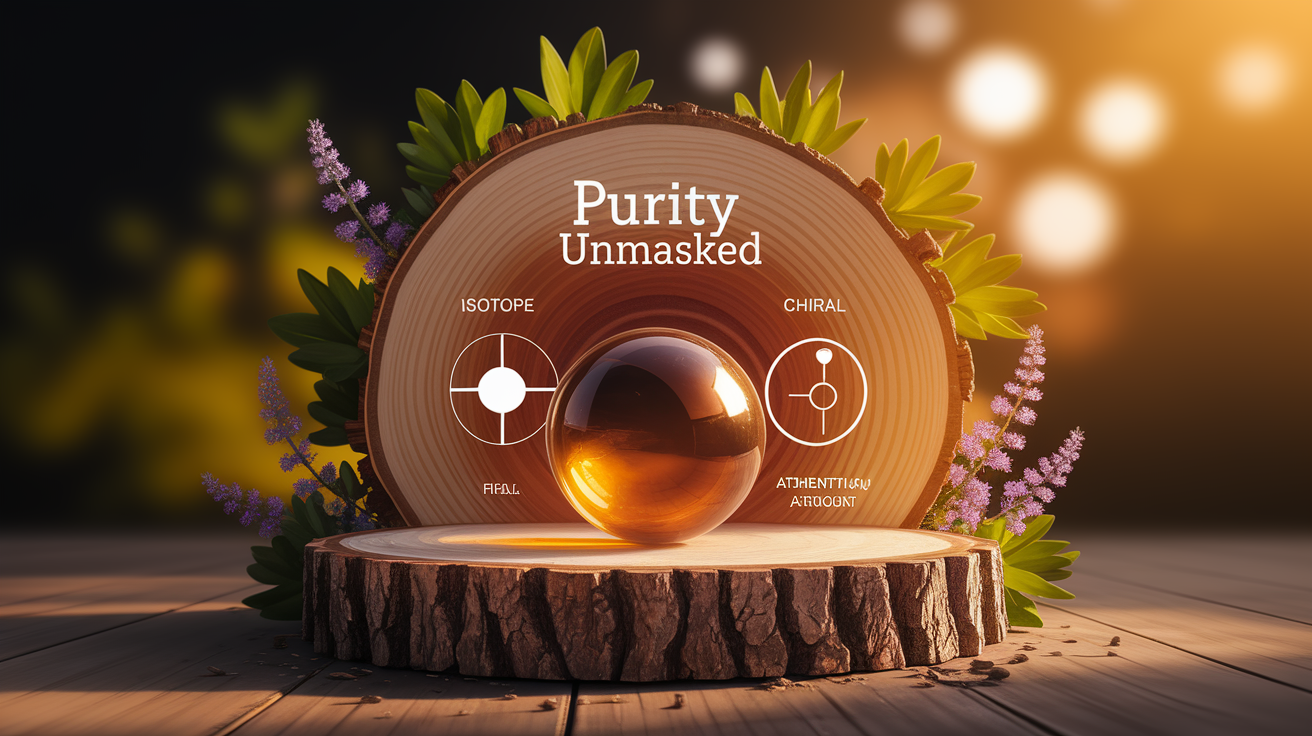
Isotope Ratio Analysis: Tracing the Natural Signature
Every plant has its own isotopic fingerprint, a pattern shaped by where it grew and how it lived. Using isotope ratio mass spectrometry (IRMS), that unique identity can be traced. The way carbon isotope ratios appear in oils isn’t random — plants fix carbon in distinct ways during photosynthesis, producing isotope delta values that synthetic materials can’t truly imitate. When you test an oil’s carbon-14 levels, those from petrochemical sources instantly give themselves away, because they lack the radioactive carbon-14 naturally found in botanical oils. Even hydrogen isotope ratios are revealing, offering hints about the climate and soil the plant knew before becoming your oil. Comparing an oil’s isotopic profile against a reference database can confirm if it’s genuine or has been cut with cheaper synthetics. In fact, for high-value oils like lavender, rose, and sandalwood, this kind of isotope analysis has caught many blends trying to pass as pure.

Chiral Analysis: Enantiomeric Profiles for Authenticity
Here’s where it gets fascinating — chiral compounds are like mirror images of each other, similar yet not identical. Plants, through natural biosynthesis, produce specific enantiomer ratios, and those ratios are surprisingly consistent for each species. Synthetic processes? Not so much; they tend to create racemic mixtures with equal amounts of each enantiomer. By running oils through enantioselective gas chromatography (ES-GC) or chiral GC-MS, you can separate these mirror-image molecules and spot any irregularities. Imagine testing lavender oil and finding the balance between (R)-linalool and (S)-linalool is off — that’s a red flag. Sometimes, optical rotation measurements add another clue, confirming whether the stereochemistry matches what nature designed. It’s meticulous work, but when you see enantiomeric purity aligning perfectly, it’s like reading a plant’s autobiography word for word. The thrill is in knowing you’re catching essential oil fraud before it reaches the shelves.

Integrated Approach: Combining Isotopic, Chiral, and Physical Tests
While isotope fingerprinting and chiral separation are powerful alone, the real magic comes when they’re paired with physical and chromatographic tests. Think refractive index for texture, specific gravity for density, optical rotation for chirality clues — all mixed with GC/MS and GC/FID to map out volatile compounds in detail. A multifaceted approach builds a thorough profile of an oil, the kind you can compare to verified samples from different regions and seasons. It’s like taking a DNA test, a fingerprint analysis, and a health checkup all at once. When this complete analysis lines up with an authentic sample — no matter if it’s eucalyptus, tea tree, or citrus — you’ve got confirmation that the oil is exactly what it claims to be. For oils prone to adulteration, such as high-end florals, this multidimensional checking isn’t just useful; it’s a necessity. And with international standards and reference sets guiding the process, the reliability climbs even higher.

Conclusion: Securing Essential Oil Integrity with Science
What’s beautiful about isotope and chiral authentication is how it turns invisible truths into undeniable evidence. These techniques peel back the pretty labels and marketing claims, revealing whether a drop of oil grew under sun and rain or came from a lab beaker. They’re safeguarding not just the quality you experience in aromatherapy but also the trust between makers and users. In a world where natural product authentication has never been more important, the fusion of isotopic analysis, chiral profiling, and physical tests stands as our most vigilant guardian. It’s science with a nose for the real thing — and it’s keeping the soul of essential oils intact.
